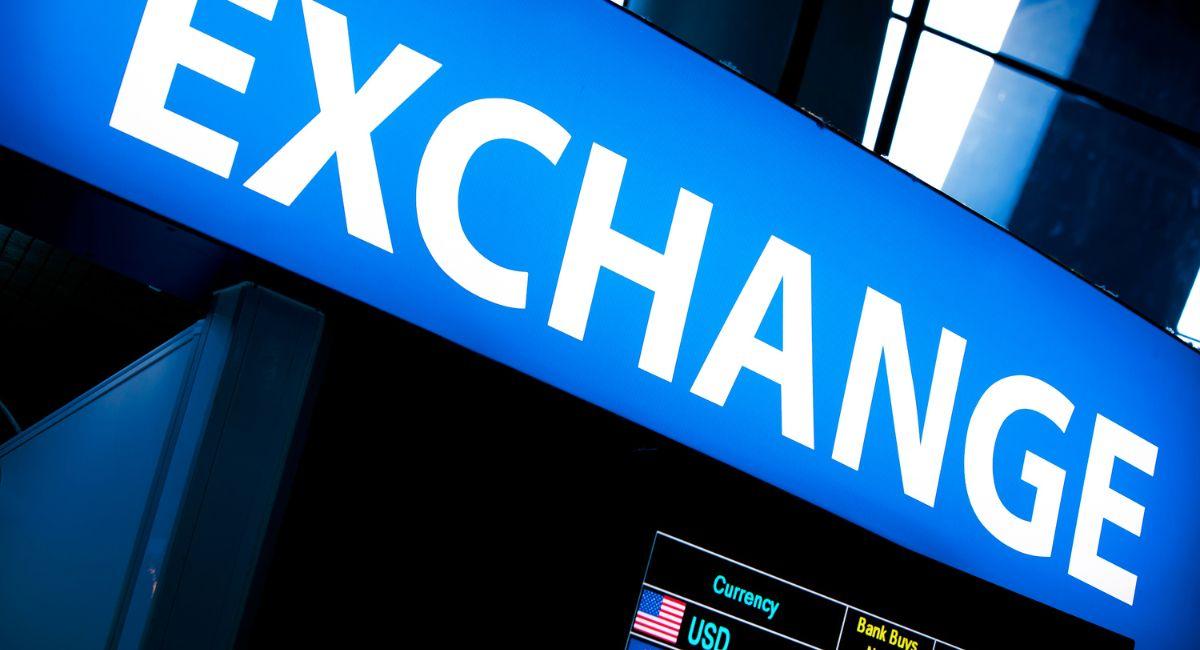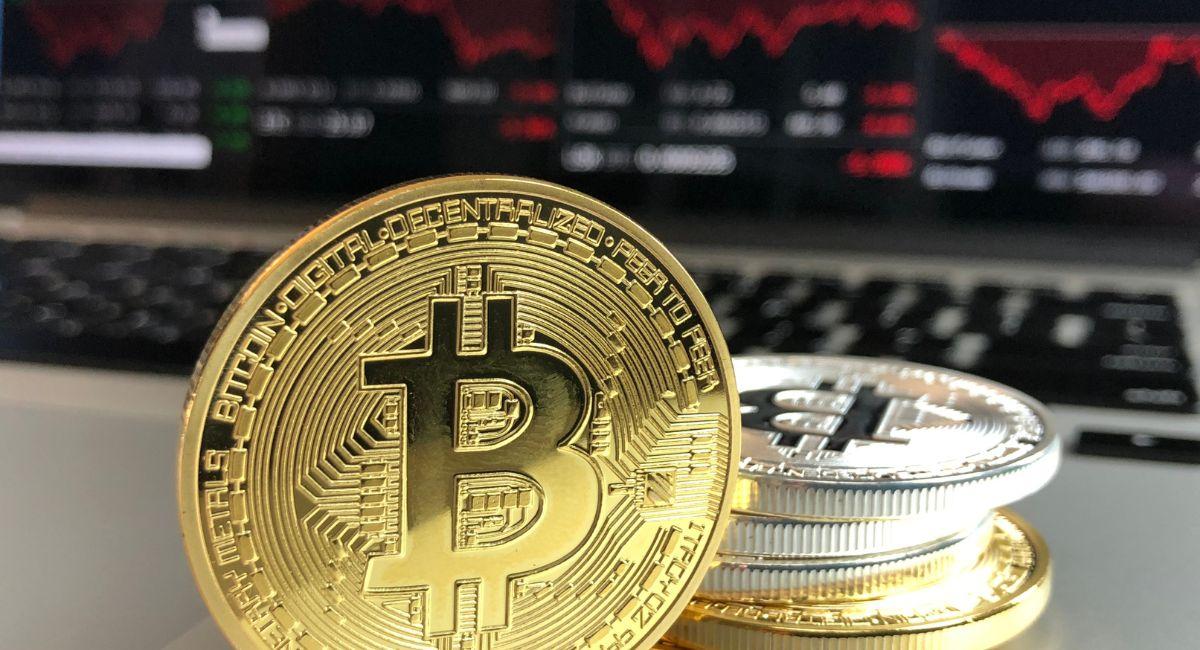Understanding Crypto Exchange Liquidity In The Crypto Markets
Liquidity is a fundamental concept in financial markets, and in the context of crypto exchanges, it plays a crucial role in determining the efficiency and functionality of the crypto market. Liquidity refers to the ease with which an asset can be bought or sold without causing a significant impact on its price. In the crypto market, crypto exchange liquidity is a key factor that influences trading dynamics, price stability, and overall market health.
Components of Crypto Exchange Liquidity:

1. Order Book Depth:
- Definition: The order book is a real-time, continuously updated list of buy and sell orders in the market. Order book depth refers to the total volume of orders at various price levels.
- Significance: A deep order book indicates higher liquidity, providing traders with the ability to execute large trades without causing substantial price fluctuations.
2. Bid-Ask Spread:
- Definition: The bid-ask spread is the difference between the highest price a buyer is willing to pay (bid) and the lowest price a seller is willing to accept (ask).
- Significance: A narrower spread suggests higher liquidity, as there is a smaller difference between the buying and selling prices. This benefits traders by reducing transaction costs.
3. Market Depth:
- Definition: Market depth represents the cumulative volume of buy and sell orders at different price levels in the order book.
- Significance: Higher market depth indicates greater liquidity, as there is a larger pool of orders supporting the current market price. This reduces the impact of large trades on the market.
4. Trading Volume:
- Definition: Trading volume represents the total amount of a cryptocurrency traded on an exchange within a specific time frame.
- Significance: Higher trading volumes generally indicate higher liquidity. It implies active participation in the market, making it easier for traders to execute orders at desired prices.
5. Slippage:
- Definition: Slippage refers to the difference between the expected price of a trade and the actual executed price.
- Significance: In low-liquidity environments, slippage can be more pronounced, causing traders to receive a less favorable price than initially anticipated. Higher liquidity helps minimize slippage.
6. Market Impact:
- Definition: Market impact measures the extent to which a large trade influences the market price.
- Significance: In highly liquid markets, large trades have minimal impact on prices. In low-liquidity markets, executing a substantial order may cause significant price fluctuations.
Also, read – Top 10 Metaverse Cryptocurrencies That Are Highly Volatile In Crypto Market
Factors Influencing Crypto Exchange Liquidity:

1. Asset Popularity:
- Influence: High liquidity is often associated with popular and widely traded cryptocurrencies.
- Impact: Assets with substantial trading volumes attract more participants, leading to increased liquidity.
2. Market Participants:
- Influence: The diversity and scale of market participants, including retail traders, institutional investors, and market makers, impact liquidity.
- Impact: Increased participation, especially by institutional investors, contributes to higher liquidity levels.
3. Exchange Reputation:
- Influence: Established and reputable exchanges tend to attract a larger user base, enhancing liquidity.
- Impact: Users trust reputable platforms, leading to higher trading volumes and overall liquidity.
4. Regulatory Environment:
- Influence: A clear and supportive regulatory environment encourages market participation and enhances liquidity.
- Impact: Regulatory clarity attracts more participants, fostering a healthy and liquid trading environment.
5. Technological Infrastructure:
- Influence: Efficient and reliable exchange technology enables faster order execution, improving liquidity.
- Impact: Robust technological infrastructure ensures a smooth trading experience, contributing to higher liquidity.
6. Market-Making Activities:
- Influence: Professional market makers who provide continuous buy and sell quotes enhance liquidity by narrowing bid-ask spreads.
- Impact: Market makers contribute to a more liquid market, reducing trading costs for participants.
7. Trading Volume:
- Influence: Higher trading volumes are indicative of increased market activity and liquidity.
- Impact: Active trading contributes to a liquid market, providing ample opportunities for participants to execute trades.
8. Arbitrage and Trading Strategies:
- Influence: Arbitrageurs and traders employing various strategies contribute to market activity and liquidity.
- Impact: The presence of diverse trading strategies enhances liquidity by creating a continuous flow of buying and selling activities.
Key Aspects of Liquidity on Crypto Exchanges:

1. Efficient Trading:
- Liquidity Definition: High liquidity ensures that there are enough buyers and sellers in the market, allowing participants to execute trades quickly and at desired prices.
- Impact: Efficient trading contributes to a seamless user experience, enabling market participants to enter or exit positions without delays or significant price slippage.
2. Price Stability:
- Liquidity Definition: Liquidity contributes to price stability by reducing the impact of large trades on market prices.
- Impact: In markets with high liquidity, prices are less prone to sudden and drastic movements, fostering a more stable trading environment.
3. Lower Transaction Costs:
- Liquidity Definition: Narrow bid-ask spreads, a hallmark of high liquidity, result in lower transaction costs for traders.
- Impact: Reduced transaction costs make trading more cost-effective and attractive to market participants, especially for frequent or large-volume traders.
4. Market Confidence:
- Liquidity Definition: The presence of liquidity instills confidence in traders and investors, as it signifies an active and vibrant marketplace.
- Impact: A confident market attracts more participants, fostering a positive feedback loop that further enhances liquidity and overall market health.
5. Price Discovery:
- Liquidity Definition: Liquidity contributes to accurate price discovery by reflecting the true supply and demand dynamics in the market.
- Impact: Transparent and efficient price discovery ensures that market prices accurately reflect the consensus among market participants, aiding in fair valuation.
6. Arbitrage Opportunities:
- Liquidity Definition: High liquidity levels reduce the likelihood of price disparities between different exchanges or trading pairs.
- Impact: Traders can exploit arbitrage opportunities more effectively in liquid markets, aligning prices across various platforms.
7. Market Depth:
- Liquidity Definition: Market depth, determined by the volume of buy and sell orders in the order book, provides insights into the robustness of liquidity.
- Impact: Deeper market depth indicates a more liquid market, providing traders with greater flexibility and reducing the risk of illiquidity shocks.
Types of Liquidity in the Crypto Sphere

Liquidity, in the context of the crypto sphere, is a multifaceted concept that encompasses various dimensions. Understanding the different types of liquidity is crucial for market participants, including traders, investors, and developers, as it influences trading dynamics, market efficiency, and overall user experience. In the crypto space, liquidity can be broadly categorized into three main types: Asset Liquidity, Exchange Liquidity, and Funding Liquidity.
1. Asset Liquidity:
Definition:
Asset liquidity refers to the ease with which a specific cryptocurrency or token can be bought or sold in the market without significantly affecting its price.
Factors Influencing Asset Liquidity:
a. Trading Volume:
- High trading volumes typically indicate greater asset liquidity. Active trading suggests a robust market with a continuous flow of buyers and sellers.
b. Market Depth:
- Market depth, represented by the volume of buy and sell orders in the order book, influences asset liquidity. A deeper order book provides greater liquidity.
c. Popularity and Demand:
- Popular and widely demanded cryptocurrencies tend to have higher liquidity. The level of demand often correlates with an asset’s liquidity.
Significance:
Asset liquidity is crucial for traders and investors seeking to enter or exit positions efficiently. Highly liquid assets generally experience lower price slippage, reduced transaction costs, and increased trading opportunities.
2. Exchange Liquidity:
Definition:
Exchange liquidity refers to the liquidity of a particular trading pair on a cryptocurrency exchange. It considers the ease of trading one cryptocurrency for another on a specific platform.
Factors Influencing Exchange Liquidity:
a. Exchange Reputation:
- Reputable and established exchanges tend to attract more traders, leading to higher liquidity for the listed trading pairs.
b. Number of Market Participants:
- The number of active traders participating in a particular trading pair on an exchange directly impacts its liquidity.
c. Market-Making Activities:
- The presence of market makers who provide continuous buy and sell quotes enhances exchange liquidity by narrowing bid-ask spreads.
Significance:
Exchange liquidity is essential for traders looking to execute trades on specific trading pairs. A highly liquid exchange provides a seamless trading experience with tighter spreads and better order book depth.
3. Funding Liquidity:
Definition:
Funding liquidity pertains to the availability of capital for trading and investing activities. It encompasses the accessibility of funds for market participants.
4/18🧵 WOO X (1)
Features zero-fee trading, deep liquidity, and customizable workspaces.
Allows spot and margin trading, providing leverage up to 20x.
Implements a liquidation process that differs from other exchanges, ensuring risk management. pic.twitter.com/c3yGaDGE8g
— B0BP (@B0BPCrypto) December 18, 2023
Challenges and Considerations:

1. Low-Liquidity Environments:
- Low liquidity in any of the mentioned types can lead to increased price volatility, higher transaction costs, and challenges in executing trades.
2. Dependency on Few Exchanges:
- Overreliance on a few exchanges for liquidity can create vulnerabilities. Diversification of liquidity across multiple platforms is advisable.
3. Market Manipulation Risks:
- Low liquidity in certain assets or exchanges can make them susceptible to market manipulation, emphasizing the need for regulatory vigilance.
4. Technological Risks:
- Technological glitches or failures in exchanges can disrupt liquidity and trading activities, necessitating robust infrastructure and risk management practices.
Conclusion:
Liquidity is a cornerstone of vibrant and efficient crypto markets. Its impact on trading efficiency, price stability, and overall market health underscores its fundamental importance. Traders, investors, and market participants should be mindful of the factors influencing liquidity and navigate the challenges associated with low-liquidity environments. As the crypto landscape evolves, the ongoing emphasis on transparency, regulatory engagement, and technological advancements will contribute to the sustained growth and maturation of liquidity in crypto exchanges.
Understanding the different types of liquidity in the crypto sphere is vital for navigating the dynamic and evolving cryptocurrency markets. Asset liquidity, exchange liquidity, and funding liquidity collectively contribute to the efficiency, stability, and attractiveness of the crypto ecosystem. As the crypto space continues to mature, efforts to enhance liquidity through regulatory clarity, technological advancements, and increased market participation will play a pivotal role in shaping the future of digital asset markets.
Stay informed with daily updates from Blockchain Magazine on Google News. Click here to follow us and mark as favorite: [Blockchain Magazine on Google News].
Get Blockchain Insights In Inbox
Stay ahead of the curve with expert analysis and market updates.
latest from tech
Disclaimer: Any post shared by a third-party agency are sponsored and Blockchain Magazine has no views on any such posts. The views and opinions expressed in this post are those of the clients and do not necessarily reflect the official policy or position of Blockchain Magazine. The information provided in this post is for informational purposes only and should not be considered as financial, investment, or professional advice. Blockchain Magazine does not endorse or promote any specific products, services, or companies mentioned in this posts. Readers are encouraged to conduct their own research and consult with a qualified professional before making any financial decisions.

 Bitcoin
Bitcoin  Ethereum
Ethereum  Tether
Tether  Solana
Solana  XRP
XRP  Dogecoin
Dogecoin  USDC
USDC  Cardano
Cardano  Lido Staked Ether
Lido Staked Ether  Avalanche
Avalanche  TRON
TRON  Toncoin
Toncoin  Shiba Inu
Shiba Inu  Wrapped stETH
Wrapped stETH  Stellar
Stellar  Wrapped Bitcoin
Wrapped Bitcoin  Polkadot
Polkadot  Chainlink
Chainlink  Bitcoin Cash
Bitcoin Cash  WETH
WETH  Sui
Sui  Pepe
Pepe  NEAR Protocol
NEAR Protocol  LEO Token
LEO Token  Litecoin
Litecoin  Uniswap
Uniswap  Aptos
Aptos  Wrapped eETH
Wrapped eETH  Internet Computer
Internet Computer  Hedera
Hedera  USDS
USDS  Cronos
Cronos  POL (ex-MATIC)
POL (ex-MATIC)  Ethereum Classic
Ethereum Classic  Render
Render  Ethena USDe
Ethena USDe  Artificial Superintelligence Alliance
Artificial Superintelligence Alliance  Bittensor
Bittensor  Arbitrum
Arbitrum  WhiteBIT Coin
WhiteBIT Coin  Dai
Dai  Bonk
Bonk  Filecoin
Filecoin  dogwifhat
dogwifhat  Celestia
Celestia  Cosmos Hub
Cosmos Hub  Stacks
Stacks 


